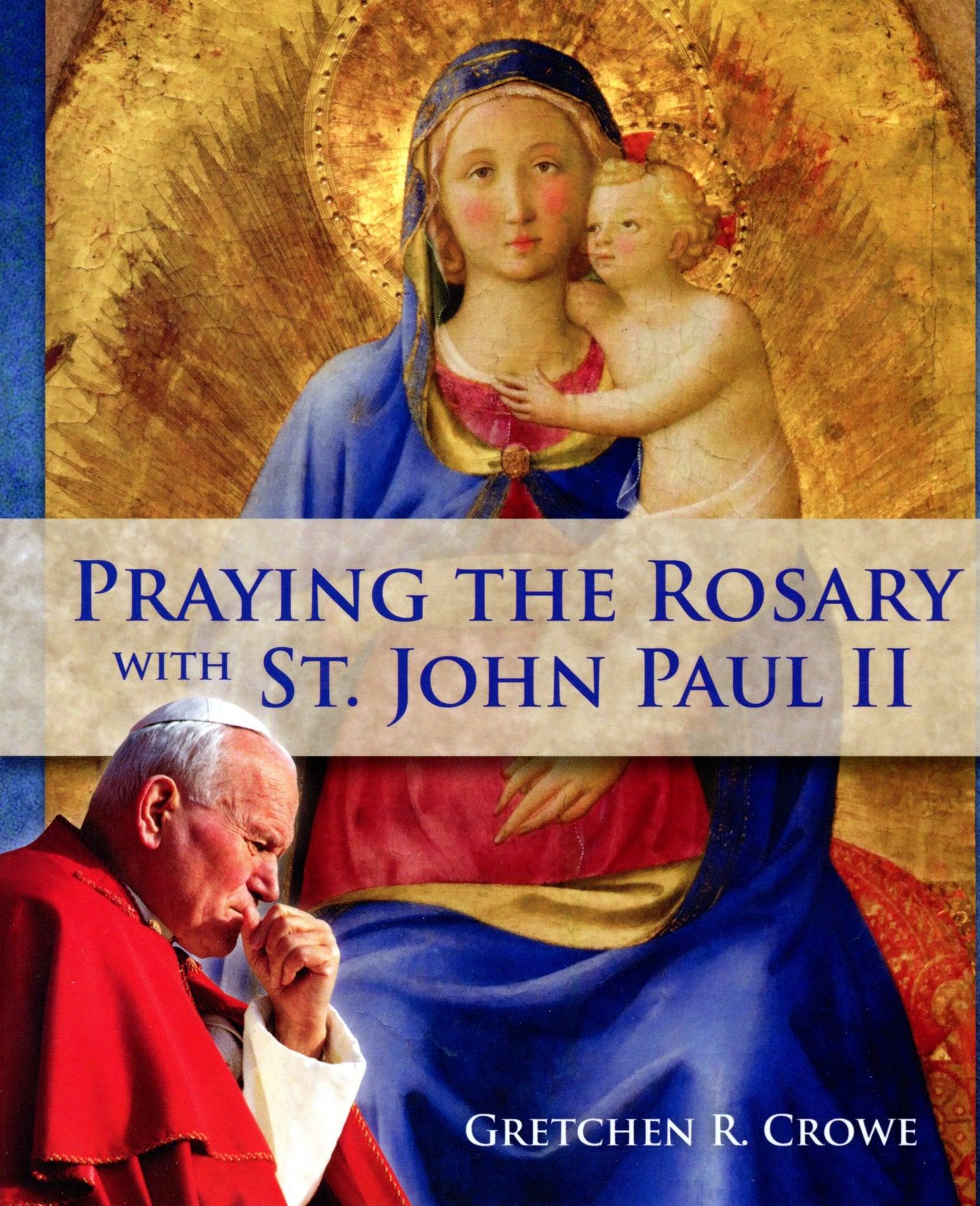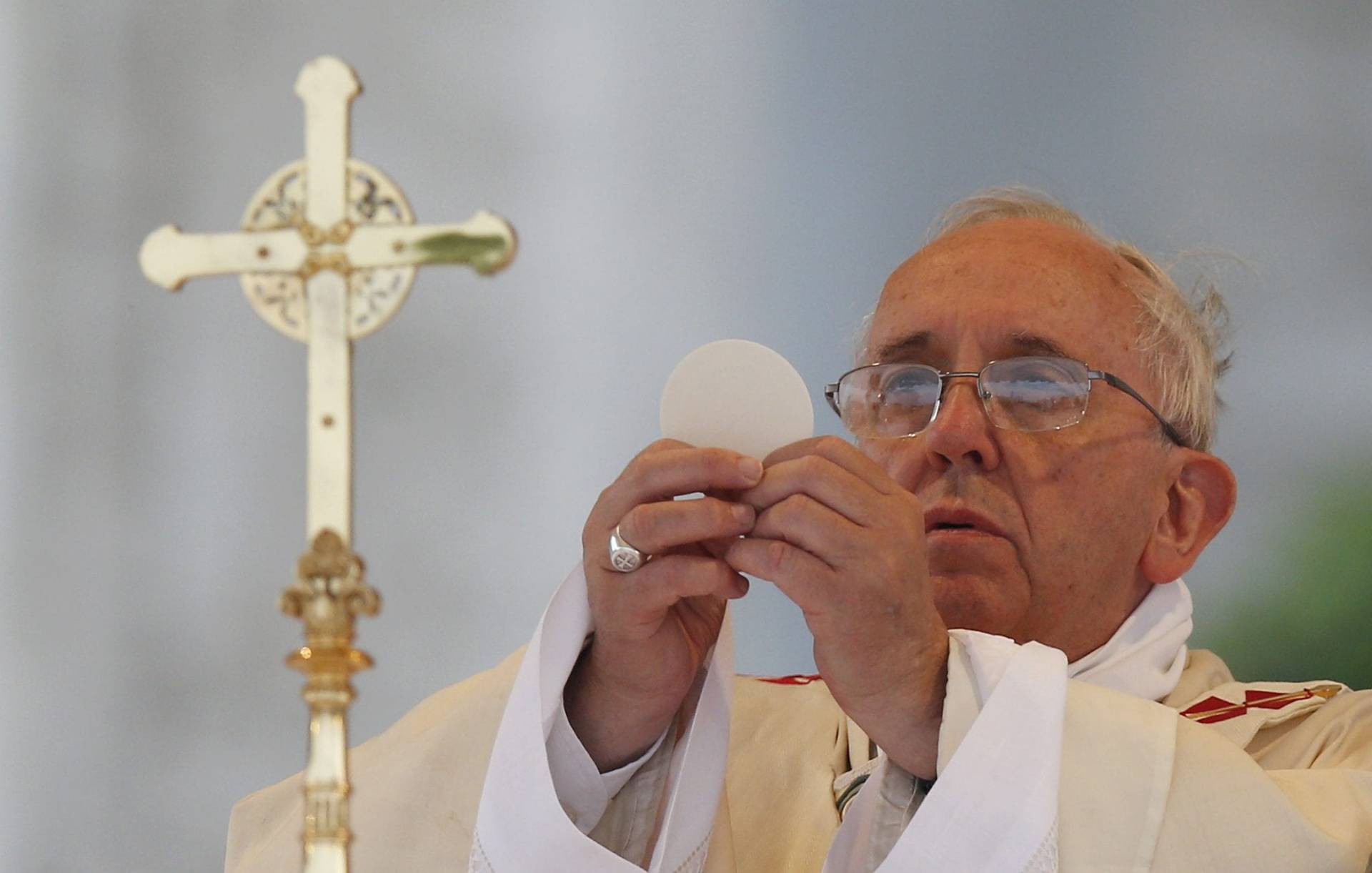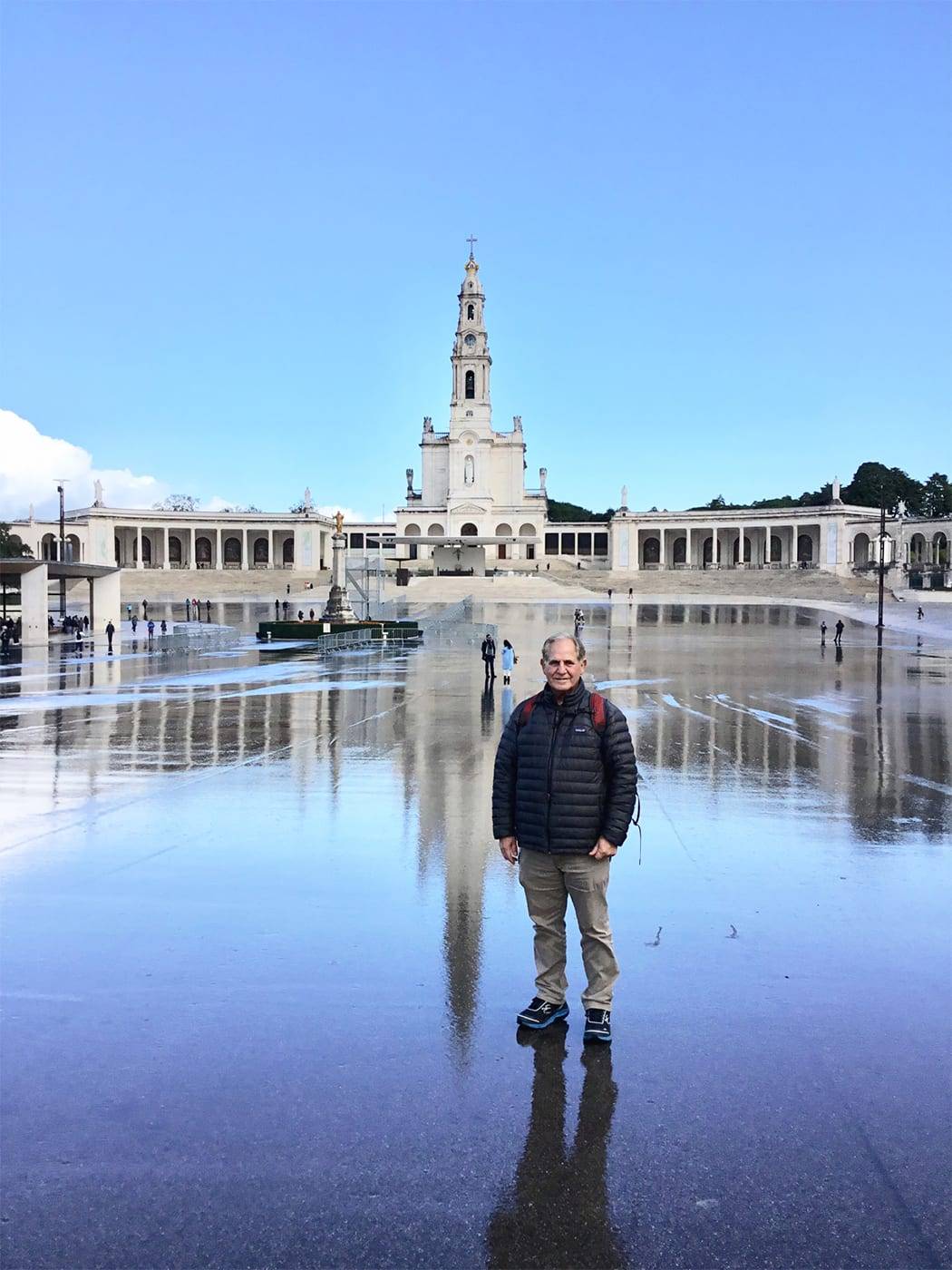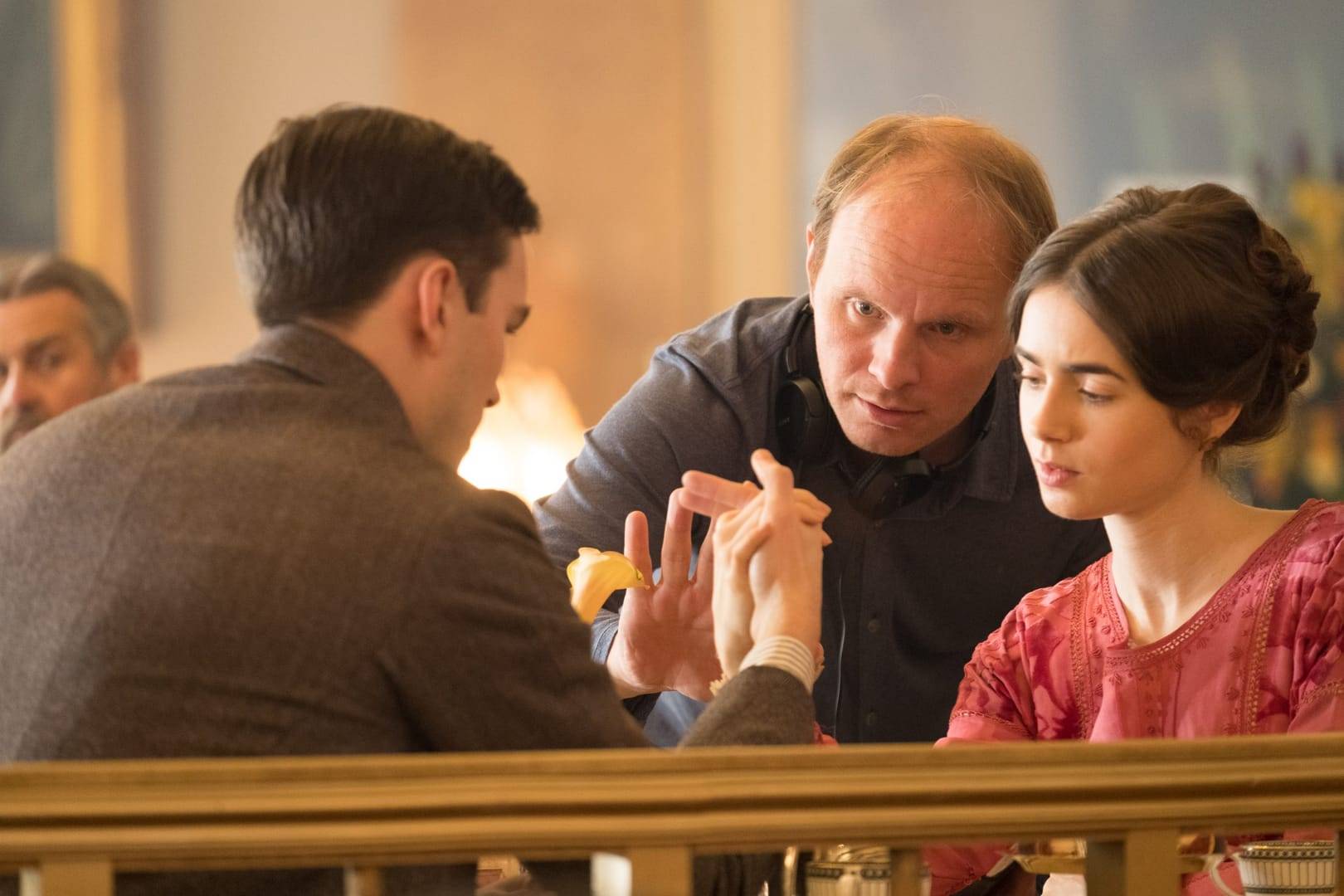Here’s yet another option for those needing answers to the perpetual question, “How do I pray?”
Sacred Space is a website offering an organized daily prayer method you can do at your computer or on your smartphone, discreetly, without anyone necessarily knowing. You can even do the prayer on the bus or subway or in the office with others around.
The Sacred Space prayer changes every day, 365 days a year. It’s linked to the daily gospel readings at Mass. And it includes six stages — Presence, Freedom, Consciousness, the Word, Conversation, Conclusion — and also prepares you to pray.
This was the prayer this past Sunday:
Presence:
“My soul longs for your presence, Lord.
When I turn my thoughts to You,
I find peace and contentment.”
Freedom:
“If God were trying to tell me something, would I know?
If God were reassuring me or challenging me, would I notice?
I ask for the grace to be free of my own preoccupations
And open to what God may be saying to me.”
Consciousness:
“Help me Lord to be more conscious of your presence.
Teach me to recognize your presence in others.
Fill my heart with gratitude for the times your love has been shown to me
Through the care of others.”
The Word of God:
Sacred Space used the gospel said in Mass Sunday, John 6:41–51. It’s the one where Jesus returns home to preach and his former neighbors are skeptical.
“Is not this Jesus, the son of Joseph, whose father and mother we know? How can he now say, ‘I have come down from heaven?'”
Sacred Space emphasizes that the prayer is for doing, not just reading or even reading out loud. It is inspired by the spirituality of Saint Ignatius of Loyola, the 16th-century Basque who founded the Jesuits and developed the Ignatian spiritual exercises. The exercises ask us to imagine ourselves in gospel scenes; to see, feel, smell, and even touch where Jesus is. On Sunday, for example, the crowd is complaining and scoffing about Jesus’ grandiose claims that “the father” has sent him and that he can raise people up on the final day. Ignatius asks us to envision the scene. How big is the crowd? How rowdy? Is it hot, cold, day, night? What are you wearing? Whom are you with? Is Jesus in the middle of the crowd, pressed in and surrounded? Where are you? Near Jesus or looking on from afar? Are you second-guessing and scoffing too, or are you convinced that the man before you is indeed the Christ?
When you have steeped in all this, Sacred Space then asks questions. The crowd’s personal knowledge of Jesus and his parents made them doubt his claims. “Is your sense of awe and wonder, too, blunted by familiarity?” You are invited daily to the Eucharistic table. Do you approach that table with apathy or excited anticipation? “When did you last recognize Jesus in the breaking of the bread?”
Then comes Conversation:
In this stage, the writers ask more questions. How has God’s Word moved you? Has it consoled you, moved you to act in a new way? Imagine Jesus sitting there beside you. Turn and share your feelings with him. Talk to Jesus as you would to a friend.
The daily prayer concludes with a one-line prayer. Sunday’s: “I thank God for these few moments we have spent alone together and for any insights I may have been given concerning the text.”
Sacred Space started in 1999 among Irish Jesuits. It is now in multiple languages and also offers a daily prayer with the pope and special collections of prayers for Lent and Advent. You can whiz through it in 10 minutes, or savor it for an hour. It is free.
* * * * *
“Find your practice and practice it. Find your teacher and follow him/her. Find your community and be faithful to it.”
In other words, make up your spiritual mind and go deep with the one practice that attracts you. Stop popping about, trying this, trying that, ever in search of the latest spiritual trend like it’s the latest miracle diet or cross-training fad.
That’s advice from author, Franciscan friar, and retreat leader Richard Rohr. Rohr is now starting his fifth week of online daily meditations on mysticism, or an inner experience of God, which he sees as an experience open and available to anyone who seeks it.
Here’s another Rohr gem this week: Most of us know the line from Ecclesiastes, “There is nothing new under the sun.” Rohr proved that again when he featured the French priest and mystic Jean-Pierre de Caussade advocating mindfulness more than three centuries before it became hip and trendy to do mindfulness trainings at companies like Google, Target, and The Huffington Post — and before the athletes’ mindfulness guru George Mumford got NBA stars Kobe Bryant and Shaquille O’Neal to sing the praises of mindful three-pointers.
Rohr calls Caussade (1675–1751) the Eckhart Tolle of the 18th century. Tolle wrote “The Power of Now,” which has sold more than 3 million copies in North America and been translated into at least 33 languages.
Here’s the classic line from “The Power of Now:”
“Realize deeply that the present moment is all you have. Make the NOW the primary focus of your life.”
Here’s the classic line from Caussade’s “Abandonment to Divine Providence:”
“Our only satisfaction must be to live in the present moment as if there were nothing to expect beyond it.”
They sound remarkably similar, don’t they?
Caussade’s is just more overtly God-centered and Catholic. “Embrace the present moment as an ever-filling source of holiness,” he said. “If we have abandoned ourselves to God, there is only one rule for us: the duty of the present moment.”
None of this means, of course, that Caussade was original either, drawing as he did from Buddhism, Zen, Sufi poets (particularly Rumi), and, as a good priest, from the ever-mindful Jesus Christ.
You can find Rohr’s meditations, and join his e-mail list, at the Center for Action and Contemplation.















